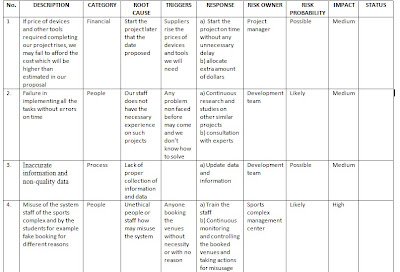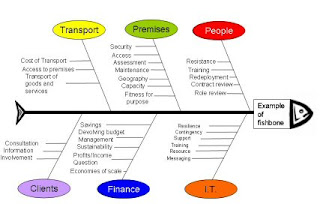As with every other subject, the first thing that comes to mind is the question: What is this subject about? Therefore, the subject opens with the introduction to what is Project Management in Information Technology. PMIT is "the application of knowledge, skills, tools and techniques to project activities to meet project requirements". In purely words it may be understood as the "discipline of planning, organizing and managing resources available to complete a project". And as you may already know, the project here is meant the temporary endeavor undertaken to create a unique product or service as a result ". The project itself to be successful, should accomplish some attributes such as: its unique purpose, resources, sponsor etc. Every project has three main goals that must be balanced when developing a project. The three goals are: 1. Scope, 2. Time and 3. Cost. Every project must meet this three goals. furthermore, it is very important that when we want to ...












